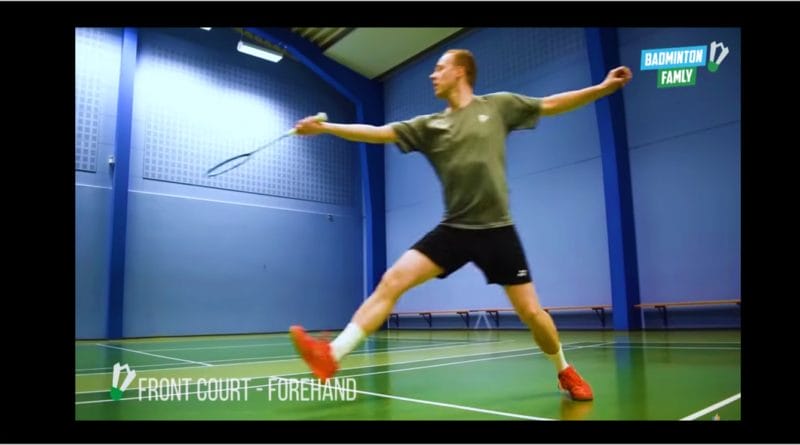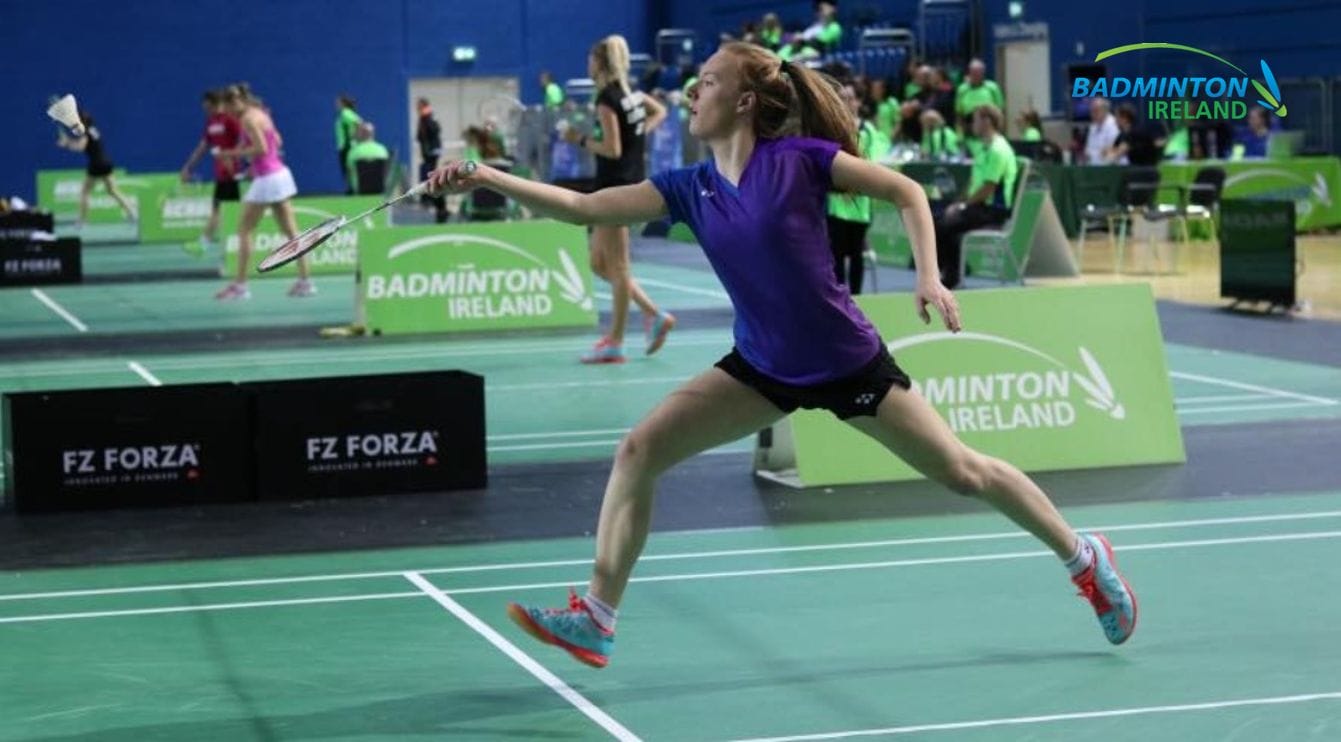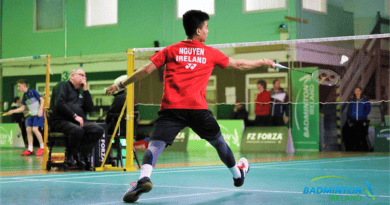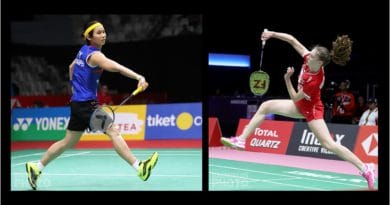Badminton Footwork Part 1 : net shots and recovery footwork
This is post looks at these 2 questions
Q) What aspects can you encourage when players are moving for net shots?
Q) What recovery footwork can be used from the forehand forecourt?
Key points for you :
the use of shadow practice,
thoughts while practising,
“Top of the net” or “Early to the Shuttle”,
one step recovery or small chasse?
Have you watched the video by Badminton Family? It relates to this badminton footwork information here.
Before reading the rest of this post take a moment and watch this short extract
This post is part 1 of a 4 part mini-series
Look out for the new post very soon
– – – – – – – – – – – – – – – – – –
What do you encourage when moving to net shots?
What do you use as recovery footwork from the forecourt?
Summary
– – – – – – – – – – – – – – – –
What do you encourage when moving to net shots?
The Badminton Family video explained the footwork to this part of the court, not the technique for net shots. However, it is still a good example of a “shadow” practice and how all practice on the court will make a difference.
It’s a great example of lunging ‘out’ for the net shot with a big step at the end. I really like the close-up action showing how the foot is out in front of the body.
I’d recommend trying to combine the “Racket Out – Foot Out” cue when you are on the court doing any practices that involve lunging, especially going forwards for net shots
Don’t forget the Early Preparation of your racket
The best advice given to me as a young coach was to encourage players to
“Approach as IF to play a Net”
Variations
Try the same footwork for both ‘attacking’ and ‘defensive’ situations when you play a net shot. Imagine striking the shuttle in the top 1/3 of the net and also around the bottom part of the net.
Better opponents will place the shuttle in tough positions for you so ensure that within your shadow work you imagine how this would feel. Try to replicate the movements when playing a tough opponent. You should feel stressed and uncomfortable for a moment.
Try both practices and don’t imagine playing everything at the top of the tape!
No one is ever that good 🙂
Remember all nets should be taken as “Early as Tactically applicable”. To be told to take them at the top of the net is not correct, its too simple an instruction and cannot work in all situations.
It is better to be encouraged to “Prepare Early and Move quickly” and then ask someone to feed a shuttle or better still play you in a mini-rally, trying to make it tougher or easier for you in the forecourt.
To maximise your progress, use short rally practices (not multi) that require you to adjust both your approach speed and lunge, plus the racket preparation. Variation and tough feeding will keep you happy 🙂
I know an International player who when asked what technique he was using for his nets, his grip, his footwork, the height for contact, etc.
He replied “I just need it to go over, everything I do is with that in mind”
Summary
If you intend to use this shadow practice on the court I’d recommend that you concentrate on having “Early Preparation” for the net shot you are “imagining”
Have you read this post about ‘6 Ways to coach net preparation’
– – – – – – – – – – – – – – – –
What do you use as recovery footwork from the forecourt?
How were you taught or discovered to recover from this area?
Key points for you: recovery step could it be recovery chasse, or does it depend on the stroke you’ve played?
Before reading the rest of this post take a moment and watch this short extract. This post reviews part of the video. If you want to watch the clip again just refresh your page
For many years I thought everyone took a very small chasse/shuffle recovery step, then a larger chasse step/jump to around the service line.
This video shows a single step (walk) back then into a square stance. A few people have pointed out that this is a “Danish” style. Thomas appears to play a net shot and recover to the midcourt with a backward step.
You have 2 choices in ways to recover. I wonder if they depend on the stroke you’ve just played?
Recovery after High Lifts
If you have played a high defensive lift, then I hope you will agree that this style is suitable. There should be plenty of time for you to move backwards towards a defensive stance and be ready.
It may depend on how much effort you put into holding the lunge to play the lift. If you are struggling in the low court near the net, then maybe you will take a recovered step forwards before recovering into the defensive stance.
Recovery after Tight Nets
If you have played a tight net, how would you recover and where too?
Do you want to step back with this cross over footwork? Certainly, for junior players, this step back recovery creates a large area around the net for the opponent to play a tight net return. Also, imagine how you would move if the opponent plays a cross net. Could you move quickly to get the opponets cx-net?
If, however, you are a Senior strong player, you may be able to step back and then quickly (powerfully) spin/pivot back towards the net. This takes leg strength and explosive movement. Part 3 will discuss this in more detail. Look out for the post in a few weeks.
– – – – – – – – – – – – – – – –
Summary
Become proficient at using both types of recovery depending on the shot you have played and your body position during the stroke.
If you play a good tight net, then recover within the forecourt into an attacking stance
If you play a high lift, then recover into a square (defensive) in whatever way you feel is good for you
– – – – – – – – – – – – – – – –
Can you help me?
As always I would love to read your comments and thoughts. This post has been tough to write as there are many coaches and players out there with theories on how to play and what technique to use.
Your feedback is essential to me. My aim is to provide guidelines that can be challenged.
I believe that it’s the PRACTICE situations you use that influence how you develop
If you stay true to Game-like Situations and Conditions then hopefully you will develop Game-like responses
Become a Player not a Trainer





